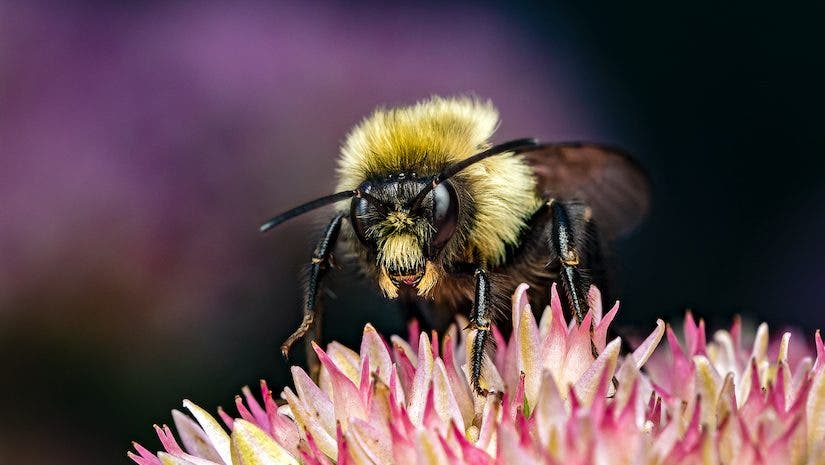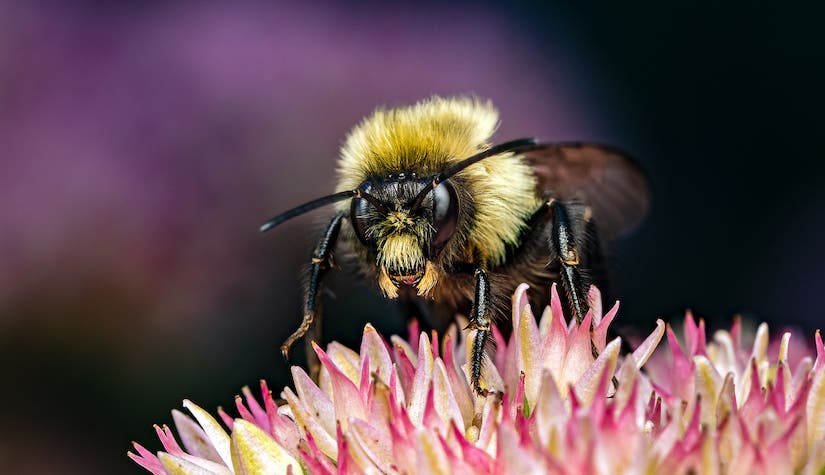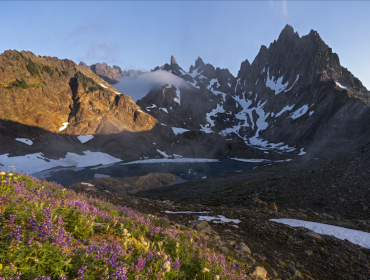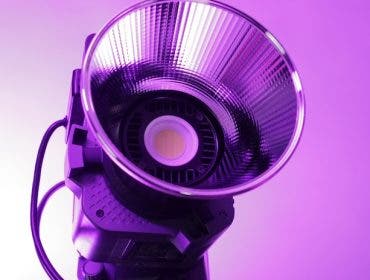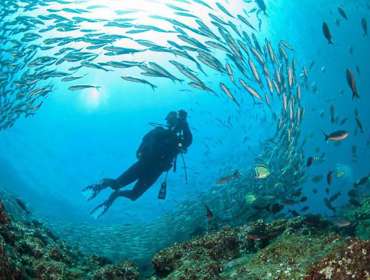If I was only allowed one lens, it would be — without question — the Olympus M.Zuiko Digital ED 60mm F2.8 Macro Lens. Since I use it for over 95 percent of my photos, the choice would be easy. Strand me on a desert island with my camera and my Olympus 60mm macro lens, and I’m a happy camper. Just as long as there are plenty of bugs, that is.
About the Olympus lens
The Olympus M.Zuiko Digital ED 60mm F2.8 Macro is a compact, lightweight, and versatile macro lens. This small-but-mighty lens can achieve 1:1 magnification (2:1 full-frame equivalent), has an on-barrel focus limiter with 1:1 shortcut, and has sharp focusing capabitilies. It is also completely weather-sealed to provide me worry-free performance — no matter the conditions. With a 120mm-equivalent focal length and F2.8 aperture, the 60mm Macro can even double as a medium-range portrait lens. This lens has introduced me to creatures (and details) out in the field that I never knew existed.

Discovering my niche
When I first bought the Olympus 60mm macro lens to start my journey into macro photography, it wasn’t with the sole intention of shooting insects and spiders. I already knew I liked macro photos, but I thought I might shoot abstracts or magnify everyday objects to show them in cool ways. I was interested in any photo that showcased tiny, nearly imperceivable details and presented them larger than life. The Olympus 60mm macro lens is certainly capable of producing those types of images. Although, it was the adventure, discovery, and interactivity of insect photography that ultimately got me hooked on bugs. I could transport myself to an entirely different world without needing to travel to particularly exotic destinations. In fact, some of my favorite macro photos have been made right in my own backyard.
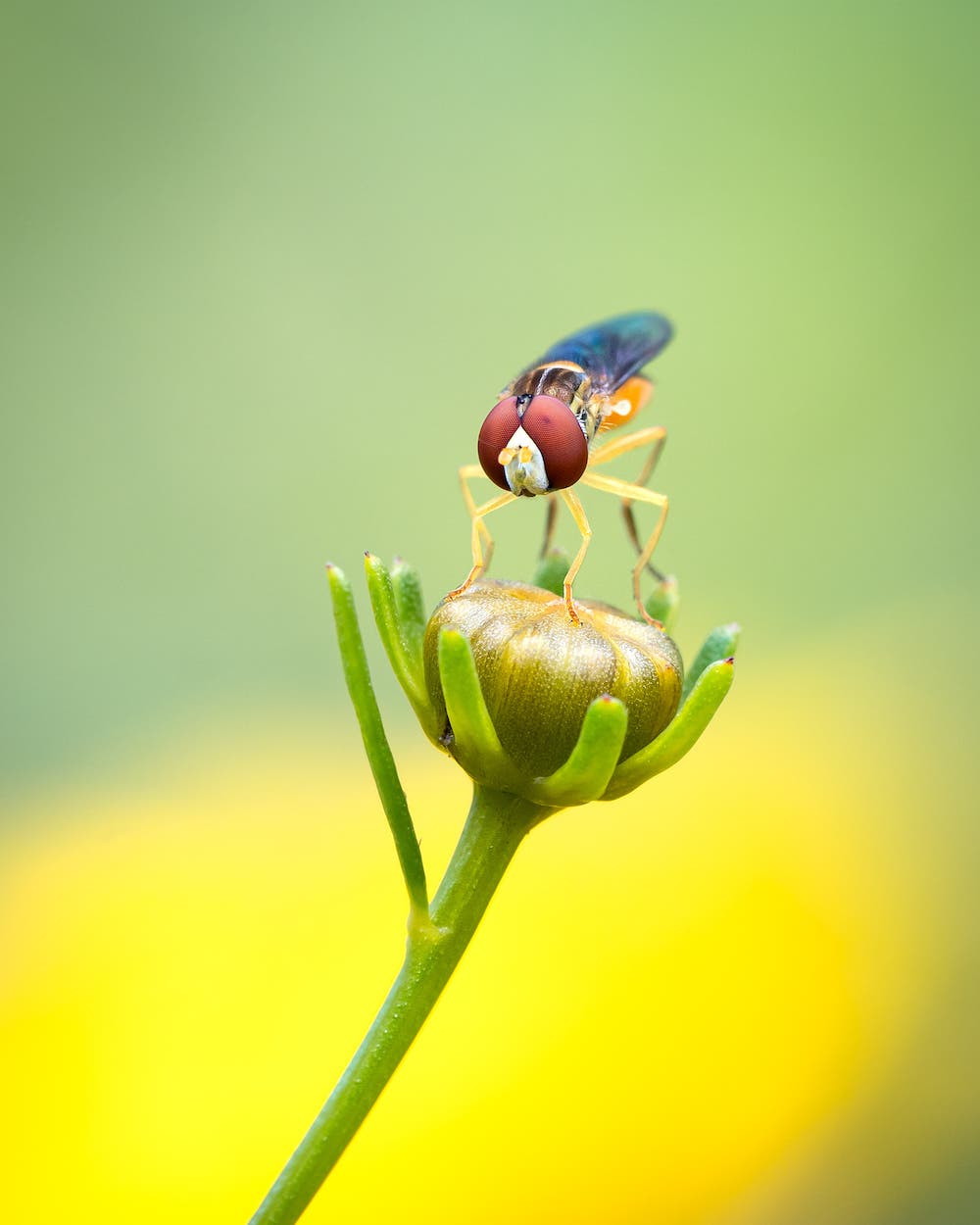
About my set-up
I’ve shot with the Olympus 60mm macro lens for over five years and love it more with each use. Besides the quality of its output, the biggest benefit of this lens must be its diminutive size. At only 3.23 inches of length and 6.53 ounces of weight, this 60mm lens pairs perfectly with my compact Olympus OM-D E-M1 Mark II camera body. I round out the rig with another mini powerhouse — the Flashpoint Zoom-Mini TTL R2 Flash. The flash lights up small details and helps to freeze motion. This small setup liberates me from a tripod and enables me to shoot with one hand while I steady myself or clear brush with the other. When I find subjects in the field, I often need to contort myself into awkward positions. I can’t imagine how many shots I might miss if I had to navigate those situations with bigger, heavier gear.
Shooting with Micro Four Thirds-based Olympus equipment benefits my macro efforts beyond portability. Olympus’ industry-leading 5-axis image stabilization helps to overcome camera shake at surprisingly slow shutter speeds. Also, since MFT cameras have a 2x crop factor, the output looks twice the size. This is particularly helpful for macro. Additionally, MFT offers greater depth of field than its full-frame counterparts. Macro photographers are constantly wrestling with depth of field. As sensor-to-subject distance decreases, so does depth of field — but the greater depth of field from my Olympus setup gives me an advantage. It increases my hit rate and brings more of my subject into focus without always needing to focus stack.
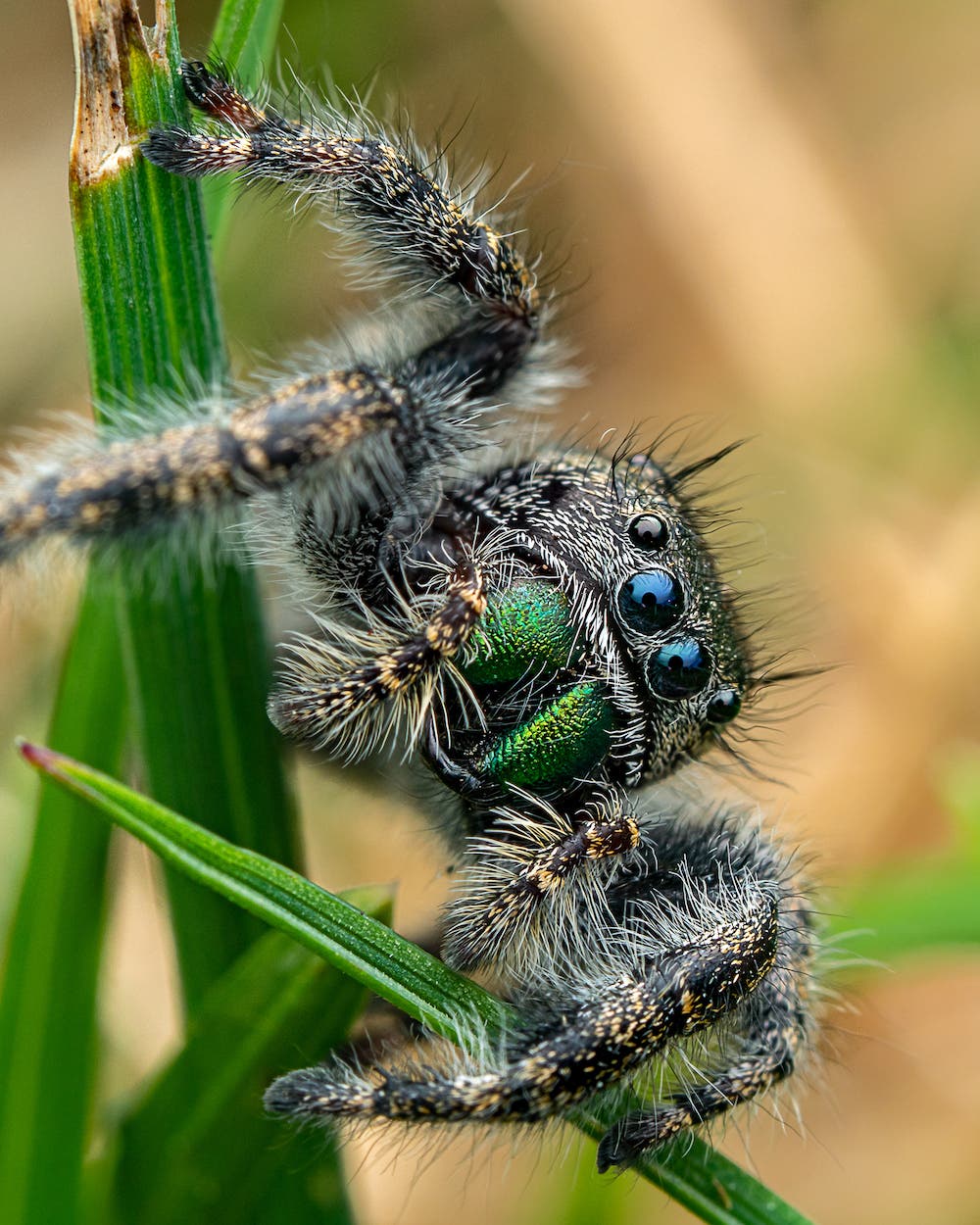
Perfecting the focus
Speaking of focus stacking, the 60mm Macro is fully compatible with my camera’s in-body focus bracketing and focus stacking features. This is a game changer. While I do make plenty of single-frame macro photos, focus stacking is a valuable technique for any macro shooter. Focus stacking combines multiple images taken at different focus distances to produce a composited image with a greater depth of field than any of the individual frames. The resulting image looks extra sharp and only highlights the areas of desired focus.
Traditionally, macro photographers would have to use tripods with focusing rails or other complicated methods to produce a bracketed series for focus stacking. After the series was captured, they’d head to Photoshop or other processing software to composite the image. The Olympus 60mm macro lens actually lets me set up bracketing and/or stacking to be completed by the camera — no software required. Once activated, I can capture (and even stack) a bracketed series with a single press of the shutter. Also, if I want to take the raw frames to the computer for a manual stack, I still have that option.

I never know what I’m going to discover in the field. I encounter familiar critters, or I might discover some completely new-to-me species. Whether I’m working new angles with a usual suspect, carefully settling into place to attempt a stack, or capitalizing on a split-second opportunity, I know my gear will be ready. For me, field macro isn’t just about being able to make exciting images that reveal a hidden world. It’s also about connecting with that world in the process — and I feel like the Olympus 60mm macro lens enables me to do both in a very special way.
